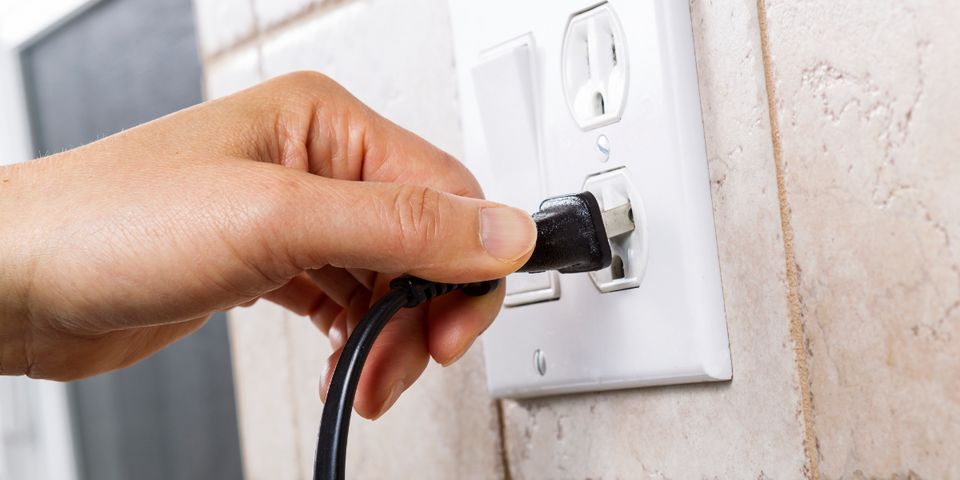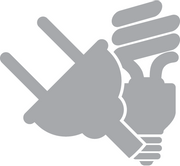A Guide to Ideal Electrical Outlet Placement

In a modern world that runs on electronics, it’s important to have plenty of outlets at home. These units supply power to devices and keep the electrical system from being overloaded by extension cords. If you're building a new home and planning electrician services to streamline your power supply, be sure to think carefully about where you install the outlets in each area. Here's a closer look at how to optimize their locations.
Where Should You Install Outlets in Your Home?
In bedrooms, it’s a good idea to have outlets on each side of the bed for lamps and phone chargers. Additionally, add at least one to each side of the room for other devices, such as the television, fan, humidifier, and vacuum cleaner.
Most kitchen electronics are clustered on a countertop, making outlet placement easier. In deciding on how many are necessary, count up the small appliances that will be plugged in at all times and those that will be taken out after each use. Other plugs will be installed according to large appliance locations. In the living room, floor outlets will prove useful for those with furniture and end tables positioned away from the walls, as will mantle plugs for holiday decorations. Be sure to include an outlet for the entertainment system as well.
When it comes to the bathroom, think over daily self-care routines. Receptacles by the sinks will be useful for blow dryers and electric shavers. Plugs in the garage will allow amateur woodworkers and mechanics to use power tools, while an outdoor outlet on a couple of exterior walls will be convenient for maintenance tasks and decorations.
What Are the Codes & Requirements?

Electricians abide by local regulations based on the National Electrical Code. Spacing guidelines are a crucial part of the code as they prevent homeowners from stretching out cords hazardously.
In any bedroom, living room, or hallway, receptacles should be installed so that no part of the room, measured horizontally from the floor line, is over 6 feet from an outlet.
In bathrooms, an outlet must be installed within 3 feet of the edge of the sink. Kitchen receptacles should be no more than 48 inches apart, ensuring no part of the countertop is over 24 inches from a power source. They should also be no more than 20 inches above a counter.
What Are the Different Types?
Ground fault circuit interrupter (GFCI) units will shut off the incoming flow of power when a short circuit is detected. They're typically required in parts of the home where people use water, like the kitchen and bathroom, as moisture conducts electricity, causing dangerous circuitry issues.
Arc fault circuit interrupter (AFCI) outlets protect the home from sparking between wires and their connections. Sparks can cause electrical fires. AFCIs can be installed via circuit breakers to protect all devices and outlets along that circuit. They can also be installed within individual receptacles.
20A outlets are ideal for electronics that use a lot of power. They supply more electricity than standard options without causing a tripped breaker. They’re a good option for kitchens and laundry rooms where appliances require considerable energy, such as the refrigerator and dryer.
If you’re searching for an experienced electrician, turn to Etheridge Electrical Company, serving families and businesses across Hahira, GA. For over 45 years, their fully licensed and trusted technicians have provided a range of services, including light fixture and outlet installation, custom pool and spa wiring, rewiring, and landscape lighting. Call (229) 794-2148 to schedule a free estimate and visit them online for a full list of services.
About the Business
Have a question? Ask the experts!
Send your question

